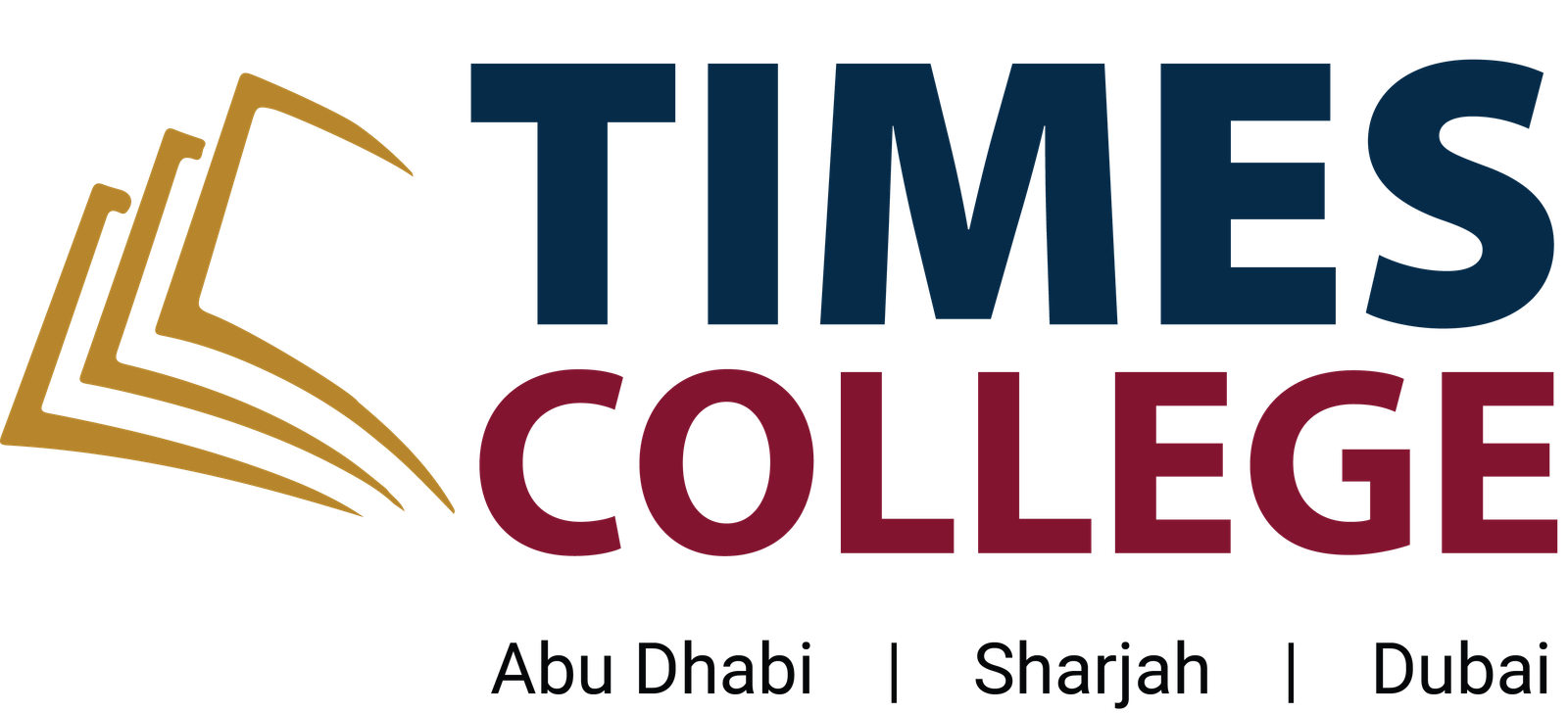

Understanding the Difference: Open Schooling, Home Schooling, and Distance Education
When it comes to alternative forms of education, three commonly mentioned options are open schooling, home schooling, and distance education. While they may seem similar, there are distinct differences among these.
In this blog post, we will explore the disparities between open schooling, home schooling, and distance education, enabling you to make informed choices about the most suitable educational path for you or your child.

Understanding Different Types of Schooling
- Open Schooling
- Definition and Approach: Open schooling refers to a flexible and inclusive form of education that allows students to learn at their own pace. It typically involves enrollment in an open board, such as the National Institute of Open Schooling (NIOS). Open schooling provides the opportunity for self-paced learning, with modular exams and a diverse range of subjects.
- Structure and Support: Open schooling offers structured curriculum and study materials. However, students have the freedom to design their own learning schedules and choose subjects according to their interests and goals. Open schools provide support through tutors, study centres, and online resources, ensuring learners receive guidance throughout their educational journey.
- Home Schooling
- Definition and Approach: Home schooling involves parents or guardians taking responsibility for their child’s education at home. Parents or guardians act as the primary educators, designing the curriculum, selecting resources, and delivering instruction.
- Flexibility and Autonomy: Home schooling provides flexibility in terms of learning hours, teaching methods, and curriculum choices. Parents can tailor the education to suit their child’s learning style, interests, and pace. This approach fosters a close parent-child relationship.
- Distance Education
- Definition and Approach: Distance education, also known as remote learning or online education, involves students receiving education through virtual platforms or correspondence courses. It allows learners to access educational materials, interact with instructors, and submit assignments remotely.
- Technological Integration: Distance education heavily relies on technology, utilising online platforms, and digital resources. It offers the advantage of flexibility, enabling students to access educational content from anywhere. Distance education can be self-paced or follow a structured schedule, depending on the program or institution.
Conclusion
So, open schooling, home schooling, and distance education offer alternative paths to traditional classroom-based learning. Among these, open schooling is the best choice considering the incredible advantages it offers. If you are in Dubai, Sharjah, or Ajman, get easy admission into the reputable Times College right away by reaching us on 544050966 / 0552269076.

